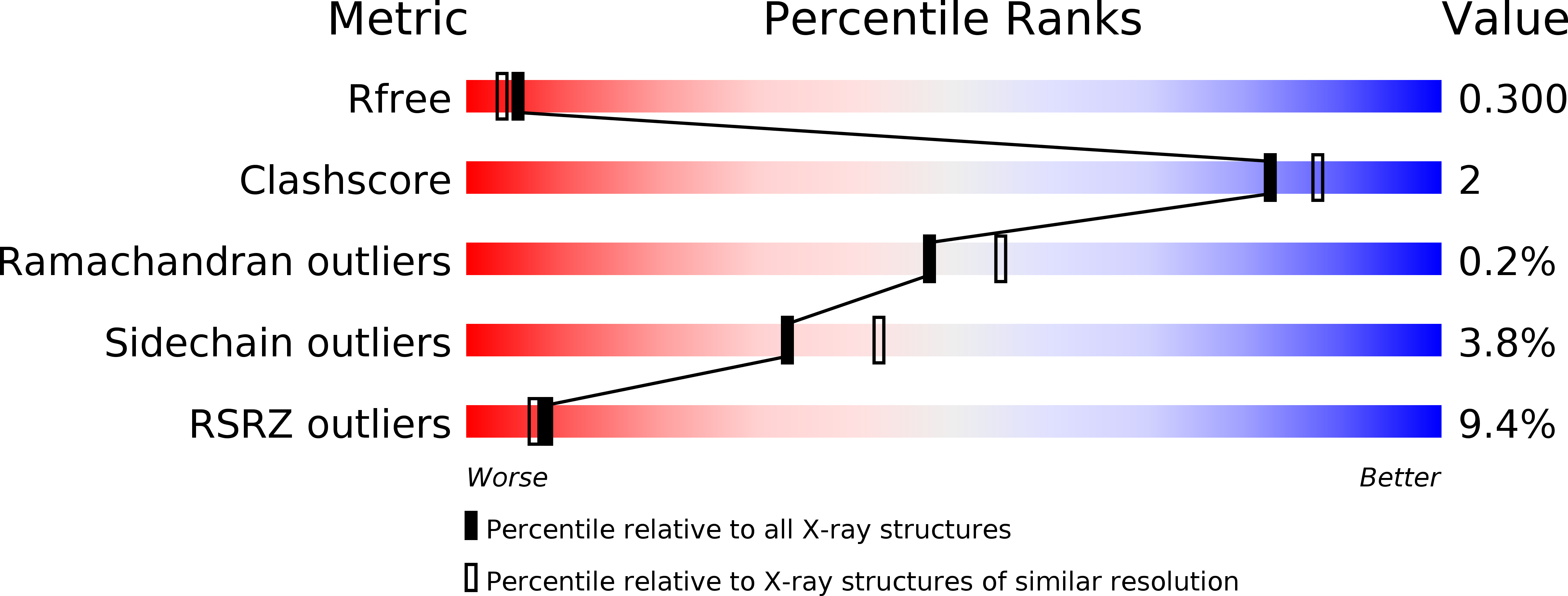
Deposition Date
2011-01-26
Release Date
2011-03-09
Last Version Date
2023-09-13
Entry Detail
PDB ID:
3QI5
Keywords:
Title:
Crystal structure of human alkyladenine DNA glycosylase in complex with 3,N4-ethenocystosine containing duplex DNA
Biological Source:
Source Organism:
Homo sapiens (Taxon ID: 9606)
Host Organism:
Method Details:
Experimental Method:
Resolution:
2.20 Å
R-Value Free:
0.28
R-Value Work:
0.23
R-Value Observed:
0.23
Space Group:
P 1


